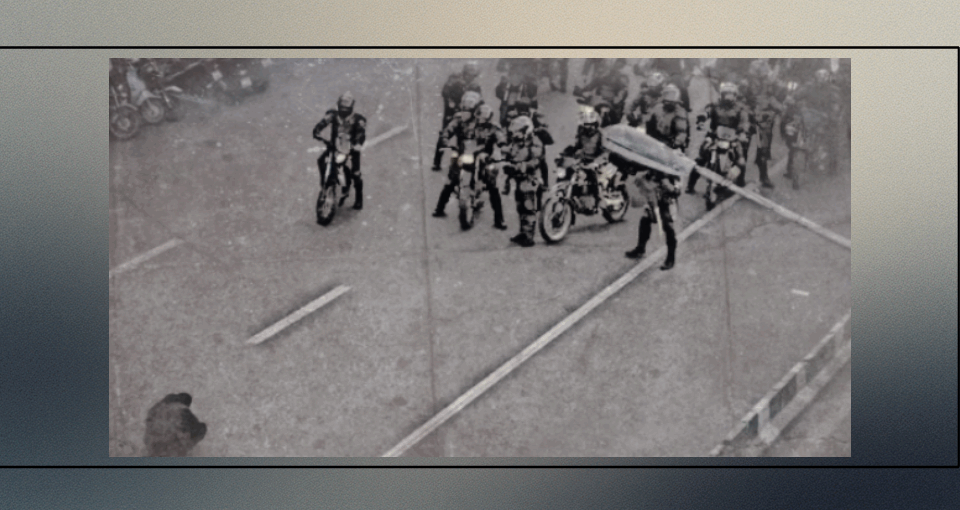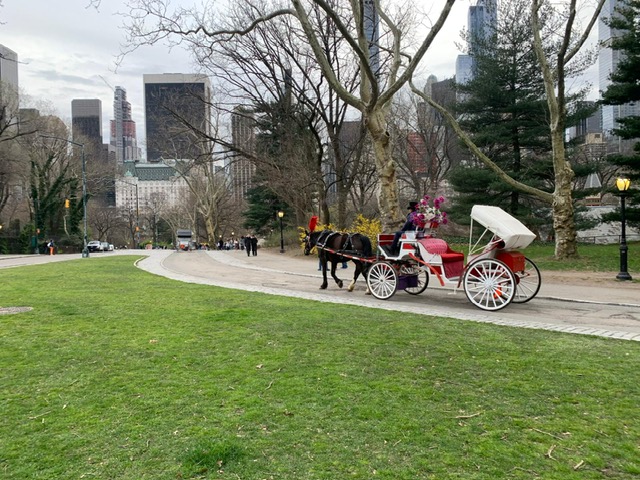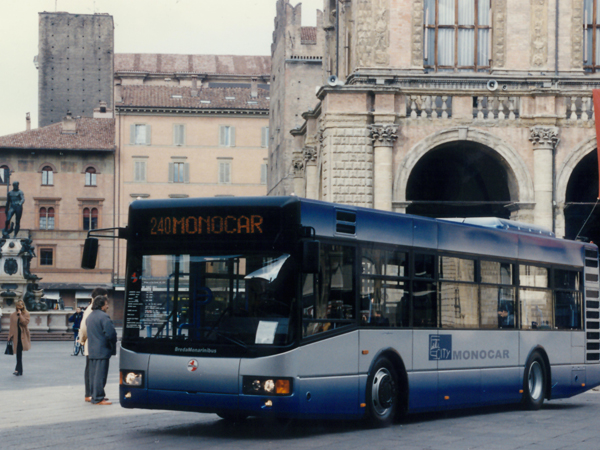
Le difficoltà degli studenti iraniani in Italia
10 Dicembre 2022
Quante ore di film e serie tv nel 2022, le più viste su Netflix
12 Dicembre 2022The difficulties of Iranian students in Italy
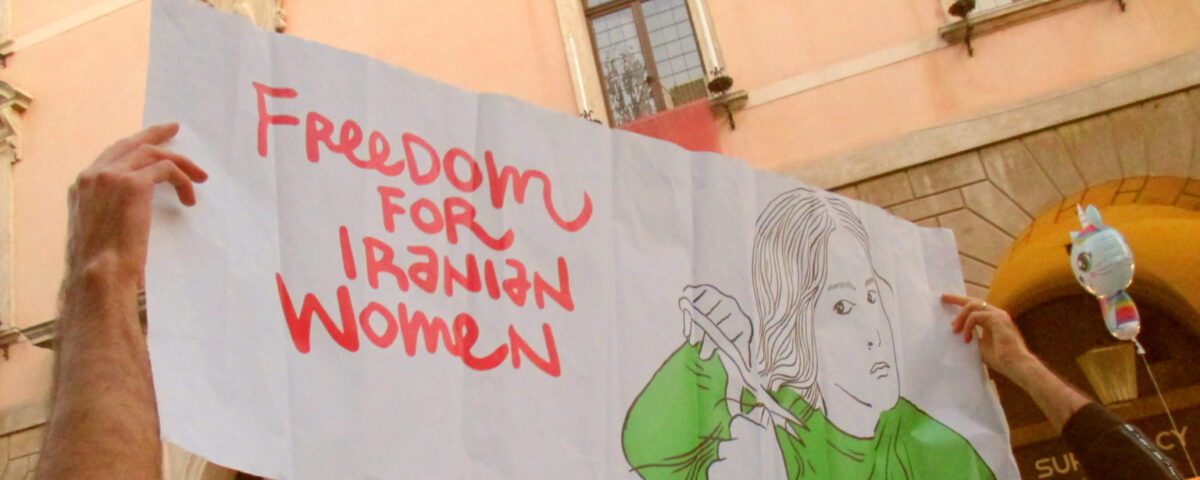
Unable to find euros, Iranian students are forced to turn to the black market, not even being able to receive help and money from their families.
«Here, in Italy, for Iranian students buy euros is possible only through the black market» this is what Aein, an Iranian student, confided to me. «The central bank of the government has established that each euro is about 42,000 Rials, but it is impossible for Iranians to find euros, in Italy and in Iran, with that exchange rate, so we are forced to buy them on the black market at the price of 380,000 Rial for every euro».
But why are Iranians forced to ask euro on the black market? To answer this question, and before discussing the problems that Iranian students have in Italy, it’s important to understand why the Iranian Rial has become the weakest currency in the world over the years.
The economic crisis in Iran and its repercussions on today
Among the main reasons for the devaluation of the Rial is the climate of economic, social and diplomatic uncertainty that the country has experienced since 1979, the year in which due to the Islamic revolution, many companies left the country due to the uncertain situation. To make the already critical scenario worse: the war with Iraq (1980 -1988).
But the climate of instability doesn’t stop, and in 2000, due to the nuclear program undertaken by Iran, United States of America and Europe launch a series of sanctions, which will stop over five years later, between 2015 and 2016, through the Joint Comprehensive Plan of Action (JCPOA). But, in May 2018, US President Trump will announce the withdrawal of the United States from the agreement. A move, this one, which will prevent Iran from exporting its oil, a material that produced about 69% of its annual income, putting the country’s economy in serious crisis.
The sanctions, which also affected the petrochemical and metallurgy sectors, led to inflation that increased, causing prices to rise. The cost of petrol tripled in 2019, or to be more precise, rose on the night of November 15th. In fact, the government decided to triple the price of petrol the following morning and without any warning; a decision that had a strong impact on people’s lives and for this reason there were many protests against the regime.
A situation certainly not easy especially for the middle class and needy families of the country, who, during the years, they had to face the increase in prices for any product (including food).
In 2022, the war between Russia and Ukraine and the Iranian regime’s support for Putin led to new sanctions by the EU and the US, and the blocking of oil exports. The Iranintl reports that: «The government insists that it is successfully circumventing US sanctions on its oil exports, selling more than one million barrels of crude per day, mostly shipped to China that silently ignores Washington’s threat to penalize third parties for buying Iranian oil».
Despite the various “covers” of the regime to show that all is going well, with this negative trend the people risk becoming poorer every day and oppressed by a dictatorship that is becoming increasingly violent.
How much is the iranian Rial worth?
At the center of this galloping inflation and economic crisis there is the Rial: the Iranian currency.
The Iranian Rial, due to international sanctions, is unstable, and changes almost every day, so people don’t know how much it will cost and be worth from one day to the next. Further complicating matters is the fact that the Iranian currency has two different rates concerning to international currencies.
There is a government rate used almost exclusively for intergovernmental transactions, set on official websites at USD 1 ~ 42,000 IRR. The regular exchange rate, on the other hand, is very different from the government rate, and for this reason the regular one varies continuously, putting citizens in serious difficulty.
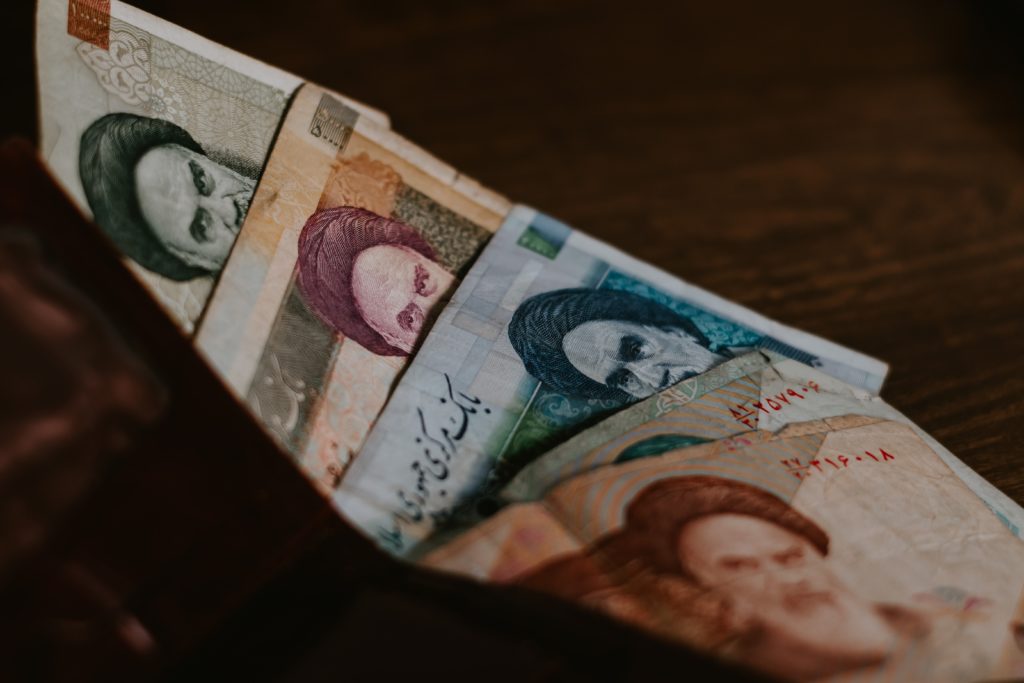
Also see: the price issued by the central bank (Central Bank SANA Platform). While currently the rate of exchange in the black market are: each dollar is equal to 360000 IRR and each euro is equal to 380000 IRR.
How much Iran’s economic crisis affects Iranians, especially, students abroad?
Let’s go back to what Aein confided to me: «Here, in Italy, for Iranian students buy euros is possible only through the black market. The central bank of the government has established that each euro is about 42,000 Rials, but it is impossible for Iranians to find euros, in Italy and also in Iran, with that exchange, so we are forced to buy them on the black market at at the price of 380,000 Rial for every Euro».
This was also confirmed by Saman, another student: «The fact is that this rate of 42,000 is only symbolic, because the Iranian government does not give euros at this price to anyone. If this rate of 42,000 Rials was true, Iran would not have the economic problems it has and perhaps living conditions would be better. Every Iranian can only receive 2,200 euros once a year, which today’s price is 340,000 euros, this price is issued by the Central Bank of Iran. When I wanted to immigrate, I received 2,200 euros, and I got the rest of the amount I needed from the black market, whose black market’s price is around 375,000, so in my opinion it is better to calculate the ISEE number at this rate».
Another big problem for Iranian students is that the ISEE is calculated on the basis of the price that the government says (42,000 Rials). «Many Iranian students are in trouble because of this calculation, while the real number of Rials per euro in Iran is now around 375,000 Rials in black market and 340.000 Rials in Central bank of Iran» Saman explains to me.
While another student reminds me again: «In Iran none of us, students or citizens, can buy euros or dollars so we are forced to turn to the black market, as the currencies of euros and dollars are issued only for government shares».
Iranian students in our country have to face enormous difficulties during their stay, not finding euros they are forced to ask the money on the black market which speculates and exploits enormously their need for money. Another related problem is that the constant devaluation of the Rial devalues the money owned by the Iranians, who find themselves, as we have seen, with a currency that one day after a day worth less and less. Precisely for this reason students (especially those without scholarships) can find it difficult to pay tuition and other expenses.
Saman tells me: «We as Iranian have many problems here, many of these problems concern the incorrect calculation for the ISEE and the obligation to obtain a mandatory house contract; however at the moment the calculation of the ISEE remains one of the main problems for Iranian students, because it leads them to have problems in receiving scholarships».
«Another of the major difficulties that we Iranian students encounter is the impossibility of being supported by our families. They can’t send us money, no one can, and therefore we have to rely solely on ourselves. Even any income cannot come to us from Iran», tells me Aein. Besides therefore the impediment of being able to communicate with their families due to the increasingly severe restrictions and the block of the internet, the iranian students cannot even count on concrete help in case of need.
«To make you understand how much the regime controls us, even economically, I tell you that card like mastercards or visas are prohibited in Iran, which could prove very useful for those traveling abroad». At this point I ask to Aein if it is easy for an Iranian to open a bank account in Italy, he reply that not all banks allow Iranian citizens to open an account, but some banks do.
The Islamic regime and his control over Iranian citizens even outside the borders
If one thinks that Iranian citizens are free once they leave Iran, this is unfortunately an illusion, if maybe they should return to Iran, for those who have not respected the rules dictated by the regime or who have demonstrated in our manifestations, or even in social network, against the dictatorship in Iran, could have serious problems.
It is no coincidence that some of the students I met think that they will never go back to Iran, for them that have exposed themselves even with their faces uncovered in the various demonstrations it would be too dangerous.
It is Saman again who speaks: «The Iranian regime’s choices affect many of our lives. To give an example: if Iranian boys do not receive the scholarship and are forced to return to Iran, they are forced to join the army because they left the country with an educational exemption. Also people who participated in anti-regime demonstrations face major political problems if they return to Iran, risking even prison or worse. For this we expect the Italian government and the international community to support us in the same way it has supported the Ukrainian and Afghan students in the past years, because, at the moment, we Iranian students have not received any support and we continue to be under pressure both of the Iranian government and of the laws that are here».

